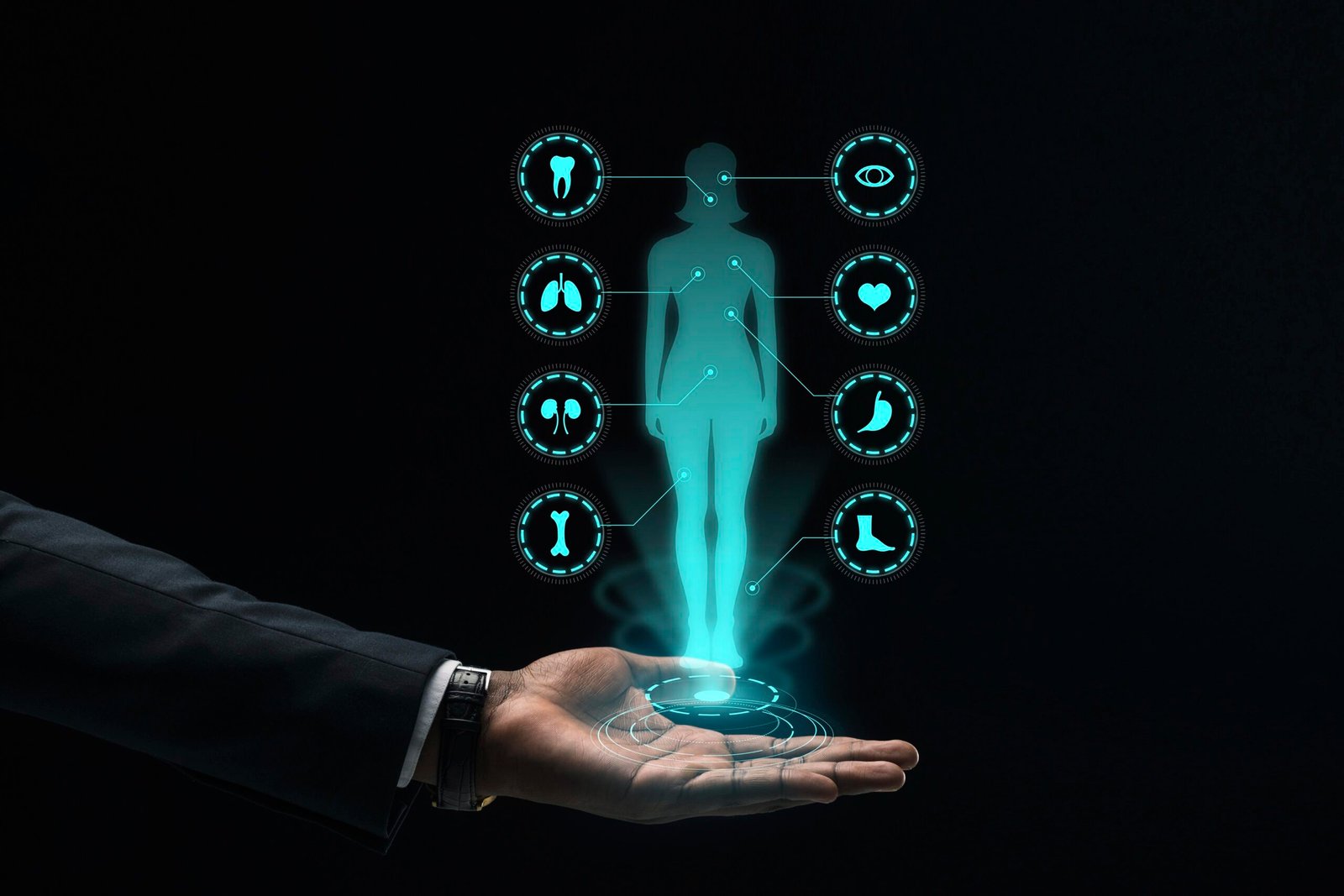1.AI’s Role in Health Care
Artificial intelligence (AI) in health care promises to save money and improve care, such as helping doctors predict cancer patients’ outcomes. At the University of Pennsylvania Health System, an AI tool helps doctors discuss patients’ treatment and end-of-life options. This system uses data to predict chances of death, nudging doctors to start these important conversations. However, it’s not always perfect.
2.AI Struggles During the Pandemic
A recent study revealed that the AI system’s performance declined during the COVID-19 pandemic. It became 7% less accurate at predicting deaths, and hundreds of times failed to prompt doctors to discuss critical care decisions, possibly leading to unnecessary treatments. Experts believe this was not an isolated issue—many AI systems weakened during the pandemic.
3.The Need for Constant Monitoring
AI tools need regular checks to stay effective. Despite the promise of AI, hospitals often lack the resources to monitor these systems properly. AI’s reliance on people to ensure its success is a growing concern. Dr. Nigam Shah, from Stanford Health Care, warned that if AI increases healthcare costs, it may not be sustainable.
4.Challenges in Evaluating AI
AI is already widespread in health care, helping with diagnoses, predicting risks, and saving doctors’ time. However, evaluating whether these tools actually work is difficult. For example, a Yale Medicine study revealed that different early warning systems performed vastly differently. But without clear standards for evaluating AI tools, doctors and hospitals struggle to choose the best ones.
5.The Need for Standards and Accuracy
One common AI tool used in doctors’ offices is ambient documentation, which summarizes patient visits. However, there are no standards for comparing these tools. Even small errors in medical records can have serious consequences. A study at Stanford found that AI models made errors in summarizing patient histories, with a 35% error rate in the best cases.
6.Unexpected Failures and Solutions
AI systems can fail for reasons that are hard to predict. For example, changes in hospital data can affect AI’s performance. One AI tool for genetic counselors provided inconsistent results when asked the same question multiple times. While AI holds great potential, the technology needs improvement to ensure it is reliable.
7.The High Cost of AI Monitoring
To prevent AI failures, institutions must invest time and resources into regularly auditing these systems. At Stanford, it took months of work to ensure two AI models were fair and reliable. Some experts suggest using AI to monitor other AI tools, but this would require even more staff and resources—posing a challenge for hospitals with limited budgets.
8.Conclusion
While AI has great potential in health care, it comes with challenges. Ongoing monitoring, clear standards, and constant improvement are necessary to ensure these tools don’t make mistakes that can harm patients. For now, more human oversight and resources are needed to make AI a trustworthy asset in medicine.
Source:KFF Health News
Date:Jan 10 2025




